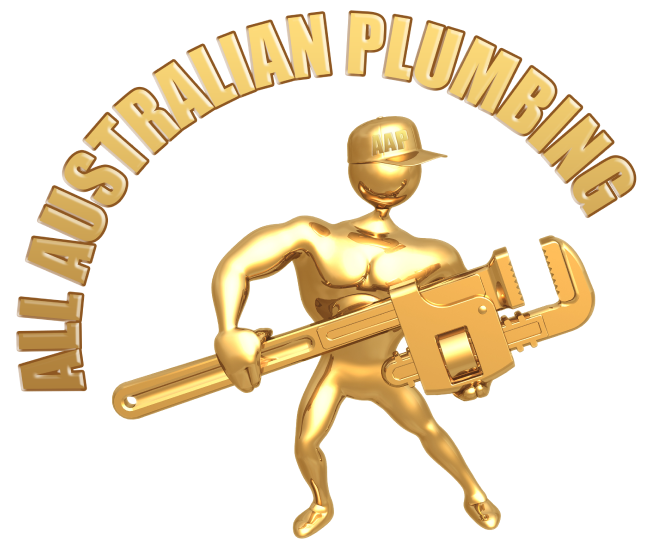Sewer pipe systems are crucial for transporting wastewater from residential and commercial properties to treatment facilities. Their efficient operation is essential for maintaining hygiene and public health. Understanding the basic layout and function of these systems can help property owners identify and address issues promptly.
The Impact of Sewer Pipe Problems
Neglected sewer pipe problems can lead to significant property damage, including foundation issues, and pose serious health risks through contamination and exposure to harmful bacteria. Immediate attention to any signs of sewer system malfunction is vital to prevent extensive damage and safeguard public health.
Identification of Common Sewer Pipe Issues
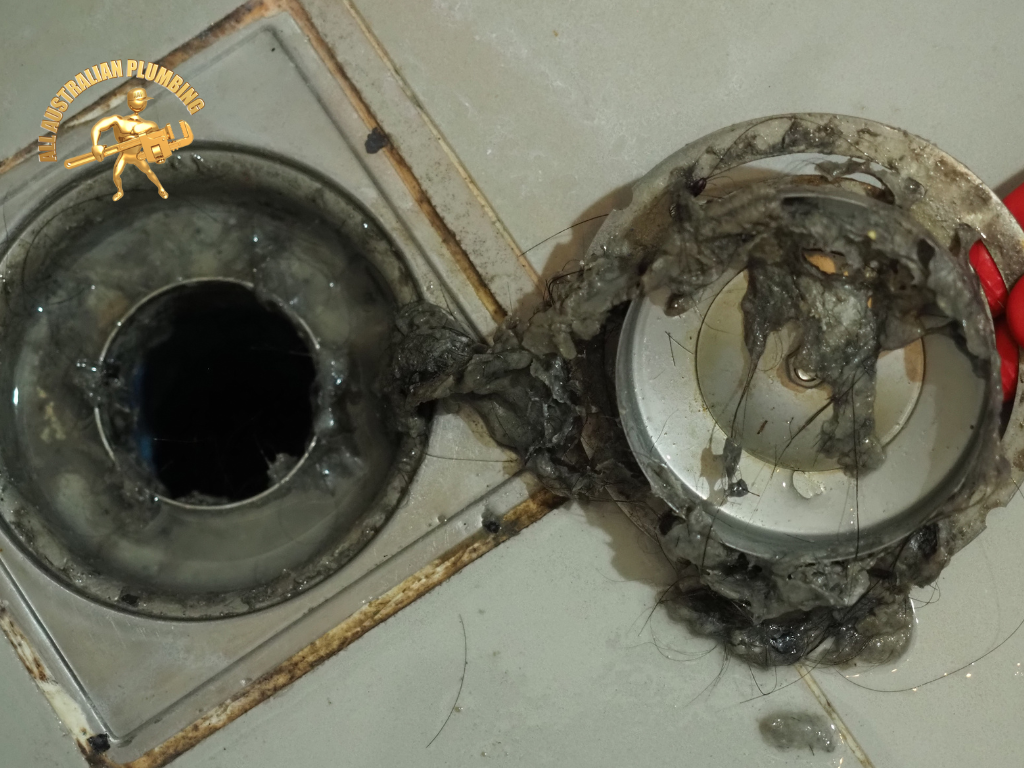
Blockages and Clogs
Signs of blockages include slow draining, gurgling sounds from toilets and drains, and water backing up in sinks and bathtubs. Common causes are foreign objects, grease buildup, and excessive paper use. Regular monitoring and careful disposal of waste can prevent many of these blockages.
Tree Root Intrusion
Tree roots seeking moisture can invade sewer lines, causing leaks and backups. Signs include slow drains and lush patches of grass in the yard. Preventing tree root intrusion may require installing barriers or choosing sewer-safe landscaping.
Pipe Corrosion and Deterioration
Aging pipes can corrode or deteriorate, leading to leaks and system failure. Indicators include water discoloration and increased water bills. Property owners should consider periodic replacements or upgrades to newer, more durable materials.
Misaligned or Collapsed Pipes
Ground movement, heavy traffic above ground, or improper installation can cause pipes to shift or collapse, disrupting flow. Symptoms include frequent backups and unexplained wet patches in the yard. Early detection and repair are crucial to avoid costly renovations.
Diagnostic Approaches
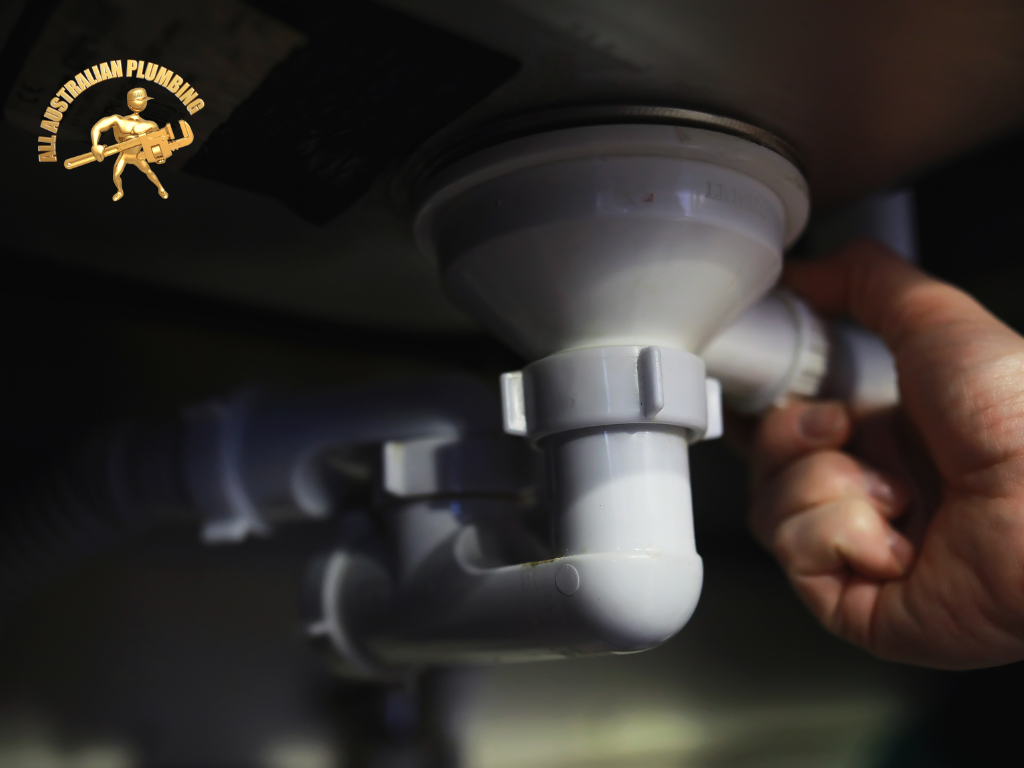
Visual Inspections and Camera Surveys
Utilising advanced camera technology allows for detailed internal inspections of sewer pipes, identifying blockages, cracks, or misalignments without excavation. These inspections can pinpoint issues accurately, ensuring targeted repairs.
Conducting Leak Detection Tests
Leak detection tests, including dye tests and pressure tests, can help identify unseen leaks within the sewer system. These methods are invaluable for preventive maintenance and ensuring system integrity.
Effective Solutions for Sewer Pipe Repairs
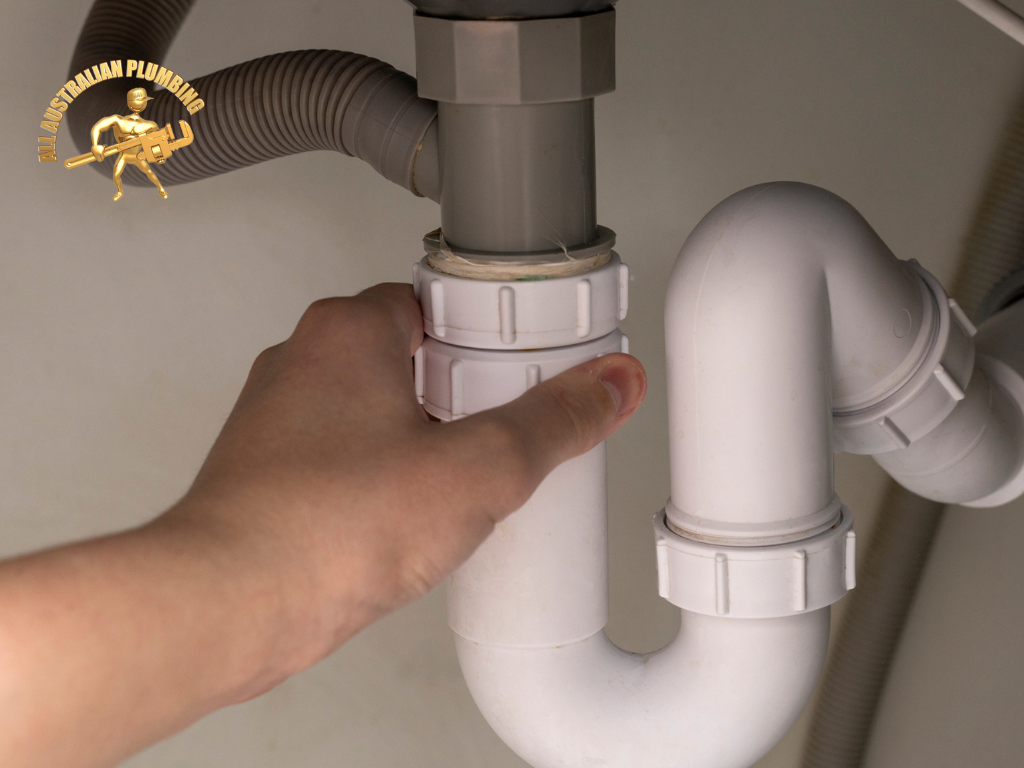
Clearing Blockages
Blockages are a common issue in sewer pipes, causing disruptions in the flow of wastewater. Techniques such as hydro jetting use high-pressure water to clear away grease, debris, and roots, offering a thorough cleaning. Mechanical snaking can physically remove blockages, restoring normal flow. These methods are effective for immediate relief but often require professional handling to ensure safety and efficiency.
Repairing Tree Root Damage
Tree roote intrusion is a persistent challenge. Addressing this involves mechanical removal of the roots from the pipes and may include the use of chemical treatments to hinder future growth. In some cases, barrier installations around sewer lines can prevent roots from reaching the pipes again. Regular inspections are vital to catch and address root intrusion early.
Addressing Corrosion and Deterioration
Corrosion and deterioration compromise the structural integrity of sewer pipes. Depending on the severity, solutions may range from relining the interior of the pipes to completely replacing sections with corrosion-resistant materials. Relining can often be performed without extensive excavation, making it a less disruptive repair option.
Fixing Misalignment and Collapses
Misalignment and collapses require immediate attention to restore functionality. Techniques such as pipe bursting and slip lining are trenchless methods that allow for the repair or replacement of damaged sections without significant excavation. These methods are less invasive and can often be completed more quickly than traditional repairs.
Preventative Measures and Maintenance
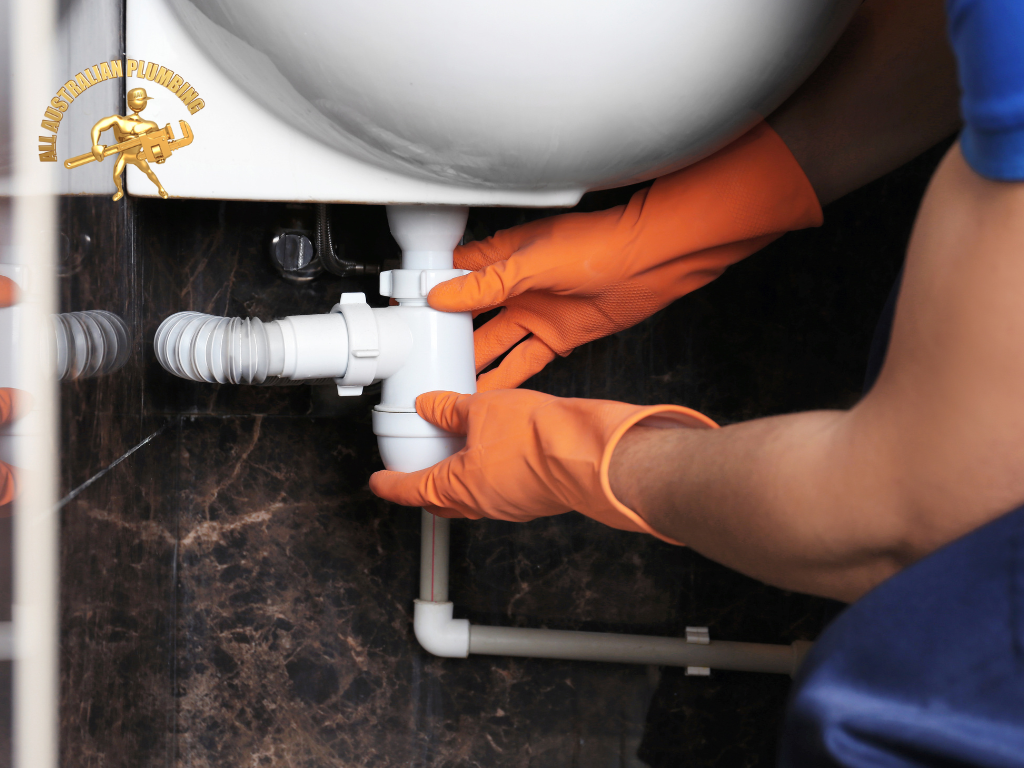
Regular Cleaning and Maintenance Schedules
Preventative maintenance is key to ensuring the longevity of sewer pipes. Establishing regular cleaning schedules, including professional hydro jetting and inspections, can prevent blockages and detect potential issues before they escalate. This proactive approach can significantly reduce the likelihood of emergency repairs.
Landscaping and Tree Management
Thoughtful landscaping and tree management can mitigate the risk of root intrusion. Avoid planting large trees near sewer lines, or opt for sewer-safe plants with less invasive root systems. If large trees are already present, consider root barriers or regular root maintenance programs to protect your pipes.
Upgrading Aging Systems
Older sewer systems made from materials prone to corrosion or breakage may require upgrades to modern materials like PVC or cured-in-place pipe liners. These materials offer improved durability and resistance to common issues like root intrusion and corrosion. While upgrading can be an investment, it often results in lower maintenance costs and fewer disruptions over time.
When to Seek Professional Help
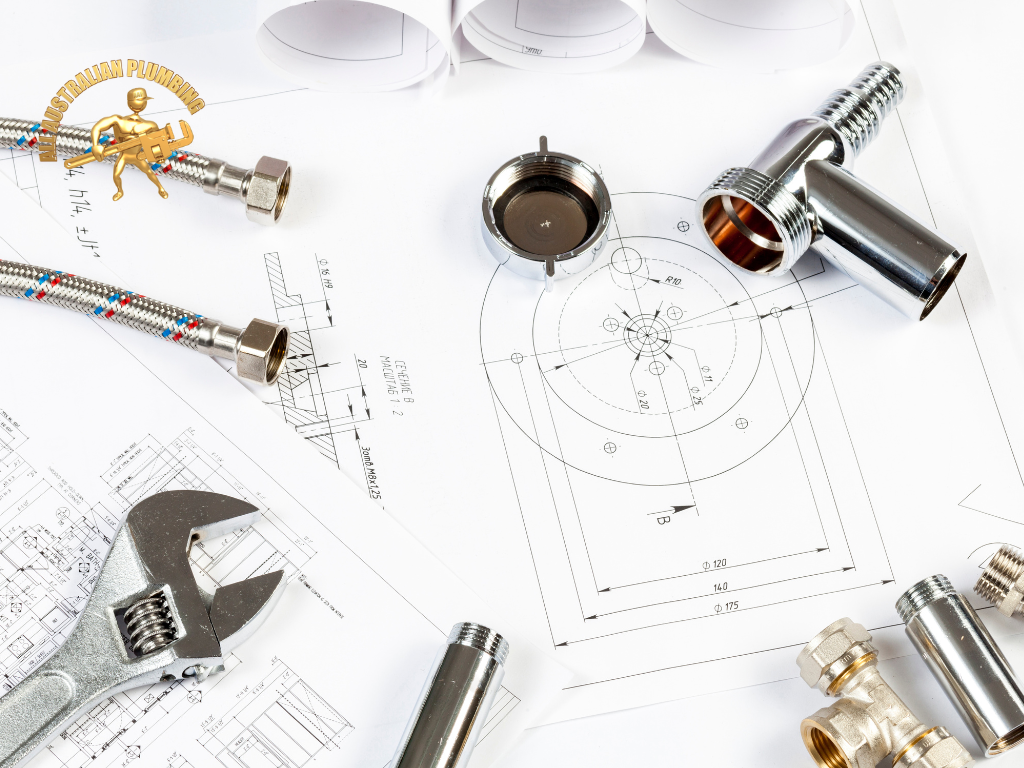
Recognizing the Limits of DIY Solutions
While some minor sewer maintenance tasks can be handled by homeowners, such as using enzymatic cleaners to maintain free-flowing pipes, many sewer problems require professional intervention. Recognizing the limits of DIY solutions is crucial for preventing further damage. Indicators that professional help is needed include persistent blockages that reoccur after clearing, signs of sewage backup in the home, and noticeable changes in lawn texture or color above the sewer line, suggesting a leak or break.
Choosing a Qualified Plumbing Service
Selecting the right professional is key to effectively resolving sewer pipe issues. Look for licensed and insured plumbing services with specific experience in sewer repair and maintenance. Recommendations from friends or online reviews can provide insights into a service’s reliability and customer satisfaction. Don’t hesitate to ask potential services about their experience with similar issues, the techniques they use, and how they ensure repairs meet current standards and regulations. A reputable service will be transparent, providing clear explanations and detailed quotes.
Conclusion
Effective management of sewer pipes is not merely a matter of convenience but a critical component of home maintenance that safeguards the property’s integrity and the health of its inhabitants. Proactive measures, including regular maintenance, early intervention at the first sign of trouble, and understanding when to call in professional plumber, can prevent minor issues from escalating into major emergencies. The costs associated with regular maintenance or early repairs are often significantly lower than those for addressing extensive damage or health hazards resulting from neglected sewer systems.
